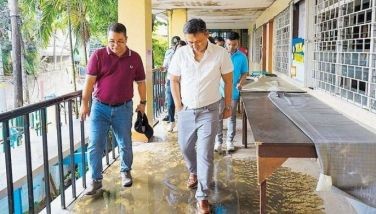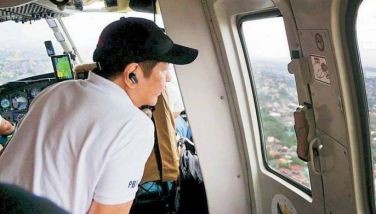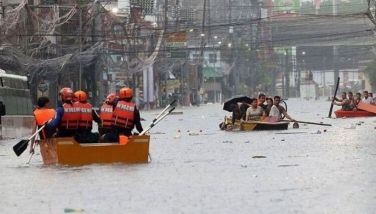'In-city' relocation launched
MANILA, Philippines - You evict them from disaster-prone areas for their own safety and relocate them, but they quickly return. How do you keep squatters from returning to sites where they can be swept away by floods?
The Australian Agency for International Development (AusAID) and the city government of Taguig have partnered to relocate squatter families living in disaster-prone areas, and ensuring that they remain in the relocation sites.
Titon Mitra, Minister Counselor of the Development Cooperation of AusAID, said the six-year “in-city” relocation project aims to help the government transfer informal settlers from dangerous areas to safer grounds and ensure that they will not return to their old shanties.
He said the Australian government, through AusAID, and Taguig City will spend P2.8 billion (A$63 million) for the implementation of the project dubbed as “Building the Resilience and Awareness of Metro Manila Communities to Natural Disasters and Climate Change Impacts (BRACE).”
“We are identifying people in hazard-prone areas and giving them the option to move to safer place. There are so many relocation programs where you put people back to rural areas. What happens here is you take away people from their livelihoods, social network and even with families or schools, what we do here is resettlement in the city,” Mitra told The STAR.
He said AusAID will provide some P1.6 billion while the city government will allocate at least P1.3 billion for the BRACE program.
Erika Montero-Geronimo, portfolio manager of the AusAID’s Disaster Risk Management-Climate Change Development Cooperation, said the average size of each housing unit is 19 square meters.
Geronimo said the resettlement sites will have facilities such as daycare and health centers.
“They (families) are willing to be relocated providing that it’s a good resettlement plan and it’s within their livelihood. The relocation sites we have right now identified by Taguig City are just approximately 2 to 3 kilometers away from their existing sites,” she said.
According to Mitra, some 1,800 squatter families will be provided decent homes as well as livelihood opportunities within the city.
Mitra said the BRACE program is composed of four key areas: risk analysis, community-based disaster risk management, improve land use planning and building safer settlements.
“This is not a slum upgrading program exclusively focused on informal settlers, it is primarily a disaster risk management program wherein we move people from hazard-prone to safer areas,” he added.
He said they are planning to tie up with Gawad Kalinga for the expansion of the housing program to other cities in Metro Manila.
Mitra said there are a total of four million informal settlers in Metro Manila.
In Taguig City alone, there are 25,000 informal settlers, about 5,400 of them living in hazard-prone areas.
- Latest
- Trending
































